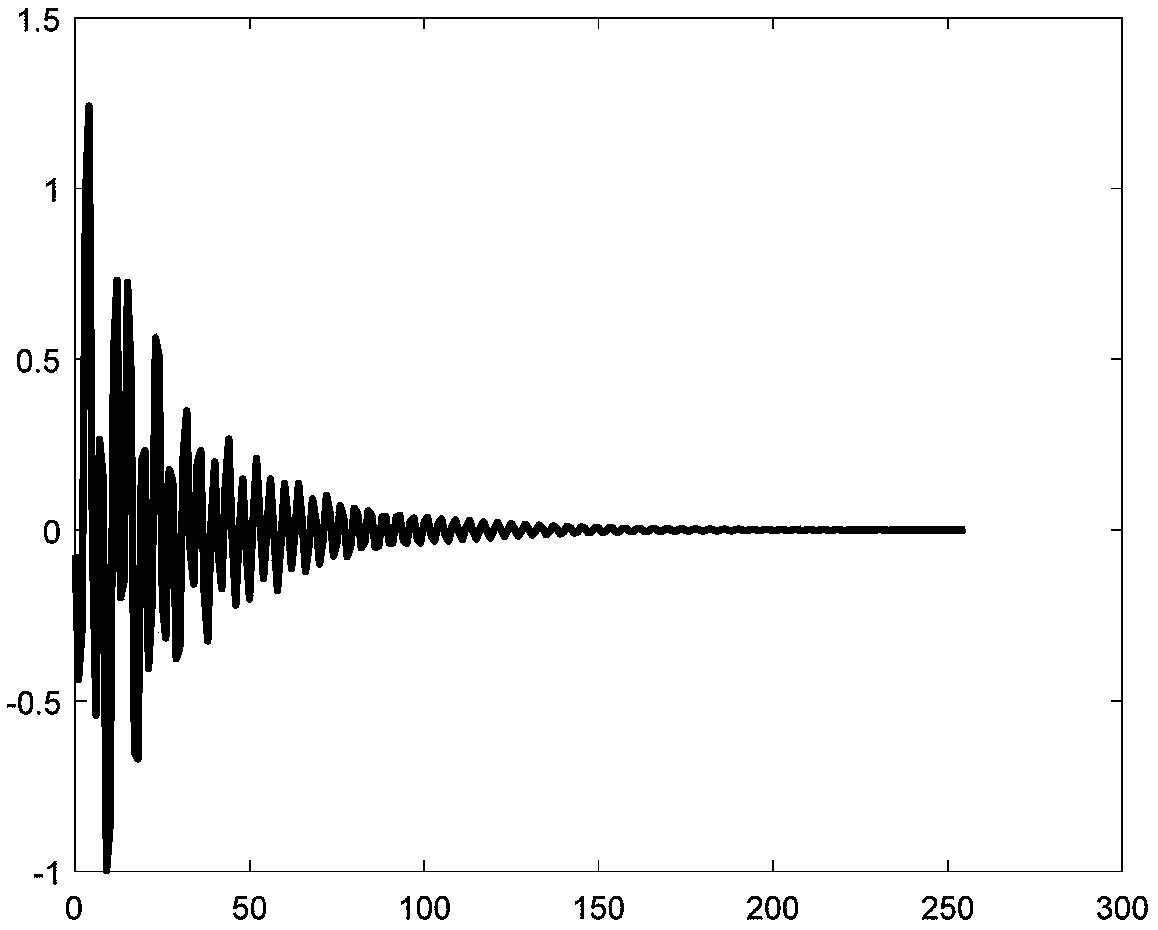Time-frequency transform and phase correction method of magnetic resonance signal based on residual network
A technology of magnetic resonance signal and time-frequency transformation, which is applied in the direction of using nuclear magnetic resonance spectrum for measurement, magnetic resonance measurement, neural learning method, etc. Awesomeness, time-consuming, etc.
- Summary
- Abstract
- Description
- Claims
- Application Information
AI Technical Summary
Problems solved by technology
Method used
Image
Examples
Embodiment Construction
[0034] In this specific embodiment, the free induction attenuation time-domain signal is transformed into a frequency-domain signal, and phase correction is performed to obtain an ideal absorption spectrum. The length of the time domain signal is N 1 =1×256, the length of the obtained frequency domain signal is N 2 =1×512.
[0035] see Figure 1~3 , figure 1 A residual network model implementing time-frequency transformation and phase correction is given. exist figure 1 In, the length size is N 1 The real part and imaginary part of the time-domain signal = 1×256 are split and spliced into length N 2 The data of =1 * 512 is as the input of network, and network model constitutes and comprises one deck convolutional layer, four residual unit (consisting of a residual unit by two-layer convolutional layer) and three-layer convolutional layer; The size of the convolution kernel corresponding to the convolution layer is 1×7, and the number of channels is 32; the size of the c...
PUM
 Login to View More
Login to View More Abstract
Description
Claims
Application Information
 Login to View More
Login to View More - R&D
- Intellectual Property
- Life Sciences
- Materials
- Tech Scout
- Unparalleled Data Quality
- Higher Quality Content
- 60% Fewer Hallucinations
Browse by: Latest US Patents, China's latest patents, Technical Efficacy Thesaurus, Application Domain, Technology Topic, Popular Technical Reports.
© 2025 PatSnap. All rights reserved.Legal|Privacy policy|Modern Slavery Act Transparency Statement|Sitemap|About US| Contact US: help@patsnap.com



